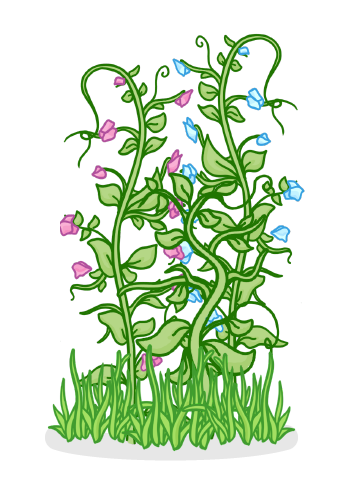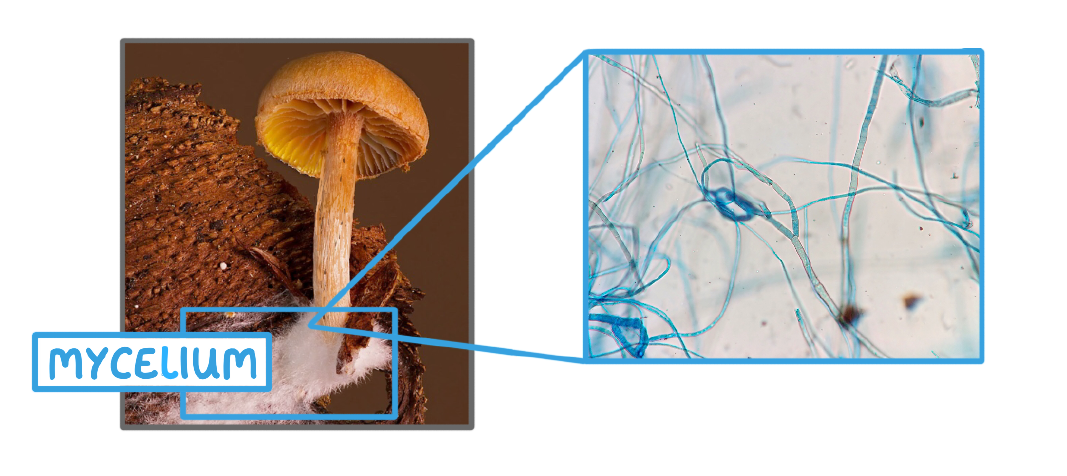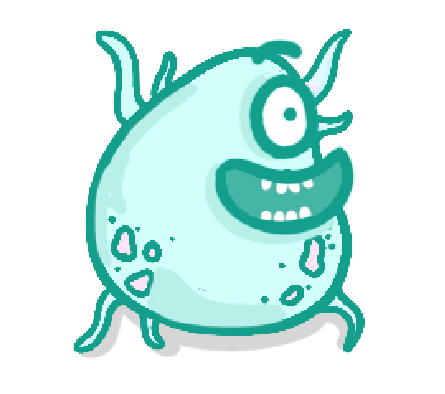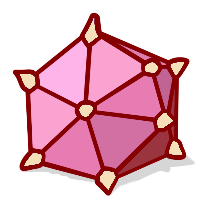Kingdoms of Life
This lesson covers:
- The key features and differences between animals, plants, fungi, protoctists, bacteria, and viruses
Which of the following are included in the '5 kingdoms of life'?
(Select all that apply)
Plants
Bacteria
Viruses
Animals
Fungi
Protoctists
|
Which of the following are considered 'eukaryotes'?
(Select all that apply)
Animals
Bacteria
Viruses
Fungi
Protoctists
Plants
|
Which of the following is considered 'prokaryotic'?
Plants
Animals
Viruses
Bacteria
Protoctists
Fungi
|
A key difference between eukaryotic and prokaryotic cells, is eukaryotic cells all have:
Cytoplasm
Plasmids
A cell membrane
A nucleus
|

Which of the following are features of animals?
(Select all that apply)
Unicellular
Reproduce asexually
Heterotrophs
Reproduce sexually
Multicellular
Autotrophs
|

Which of the following are features of plants?
(Select all that apply)
Saprotrophs
Multicellular
Autotrophs
Unicellular
Heterotrophs
|
Fungi can be unicellular or multicellular.
Is yeast unicellular or multicellular?
Unicellular
Multicellular
|
Saprotrophic nutrition
excrete / absorb / digestive / nutrients / heterotrophic / waste
- Fungi feed by a special type of nutrition called 'saprotrophic' nutrition.
- First, they secrete enzymes out of their body, onto the food.
- These break down and digest the food.
- They then the small into their cells.
|

Some fungi (for example mushrooms) have a body known as a mycelium, which is made up of loads of tiny thread like structures called __________.
hydras
hairs
hyphae
|
unicellular / multicellular
The large majority of protoctists are .
|
True or false? Only some protoctists can photosynthesise.
True
False
|

True or false? Bacteria only live in a few specific environments.
True
False
|
True or false? The majority of bacteria don't have anything to do with humans (i.e. they don't help us, or cause us any problems).
True
False
|
plants / bacteria
Humans have in their intestines which help them break down food.
|

Would it be correct to say viruses are 'tiny cells'?
No
Yes
|
Viruses are considered parasites.
What does the term 'parasite' mean?
A microorganism that causes disease
An organism that depends on another organism to grow and reproduce
An organism that transports pathogens from one host to another
|
Which of the following can act as pathogens?
(Select all that apply)
Protoctists
Bacteria
Fungi
Viruses
Plants
Animals
|